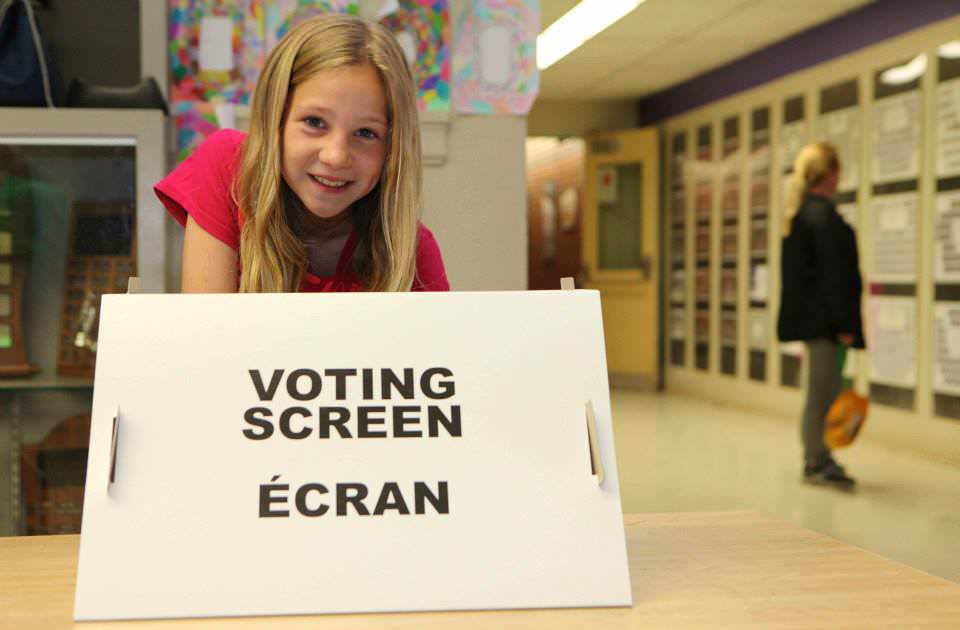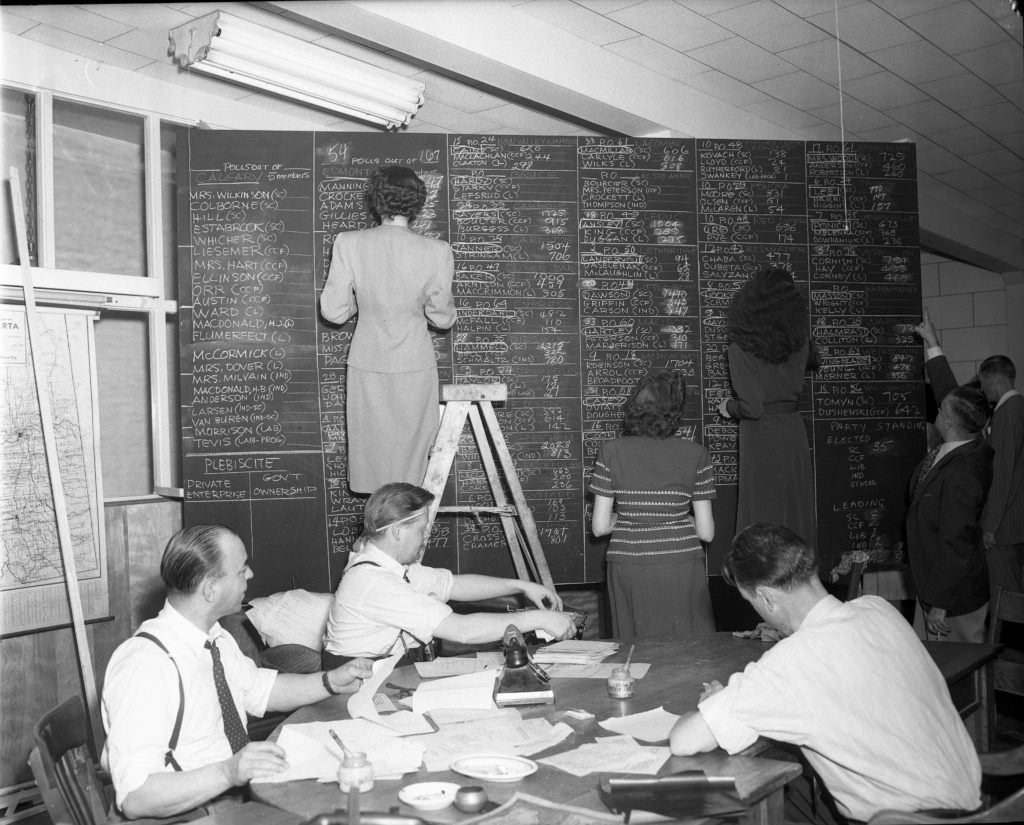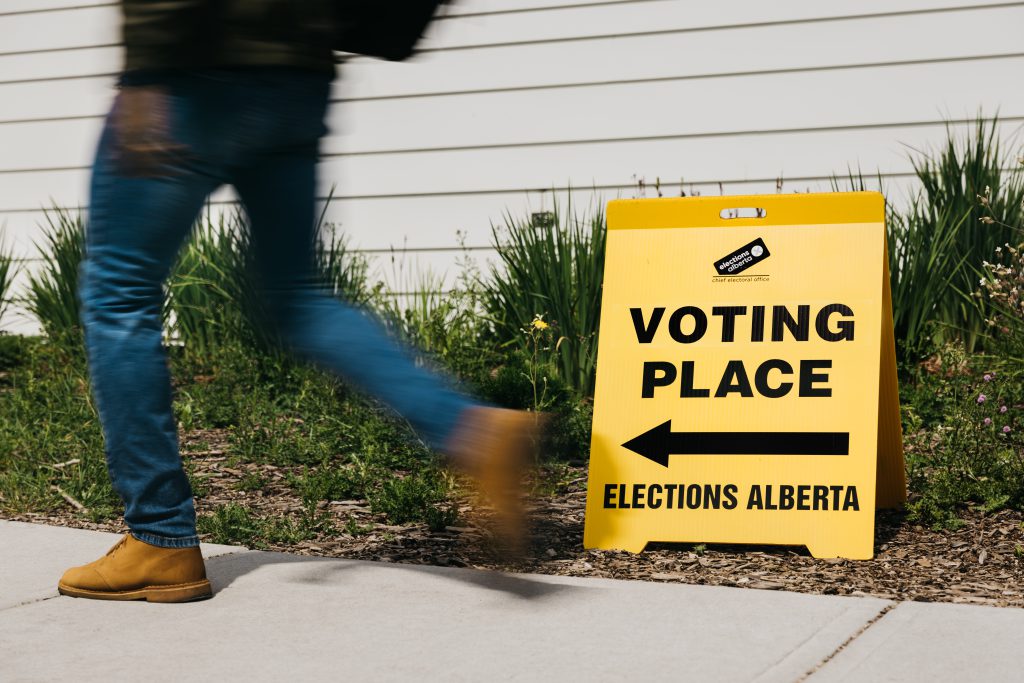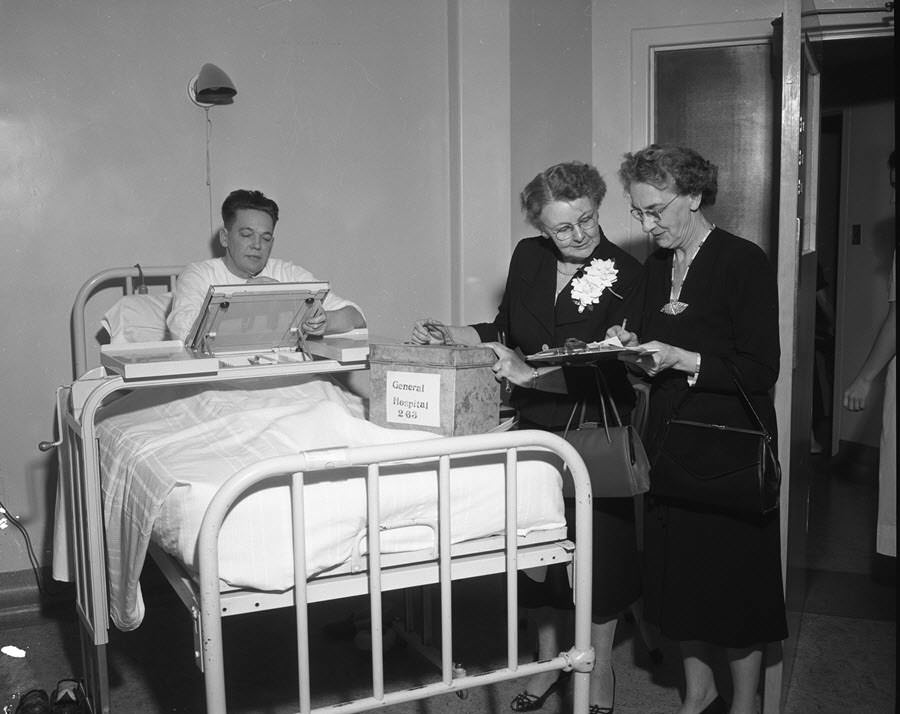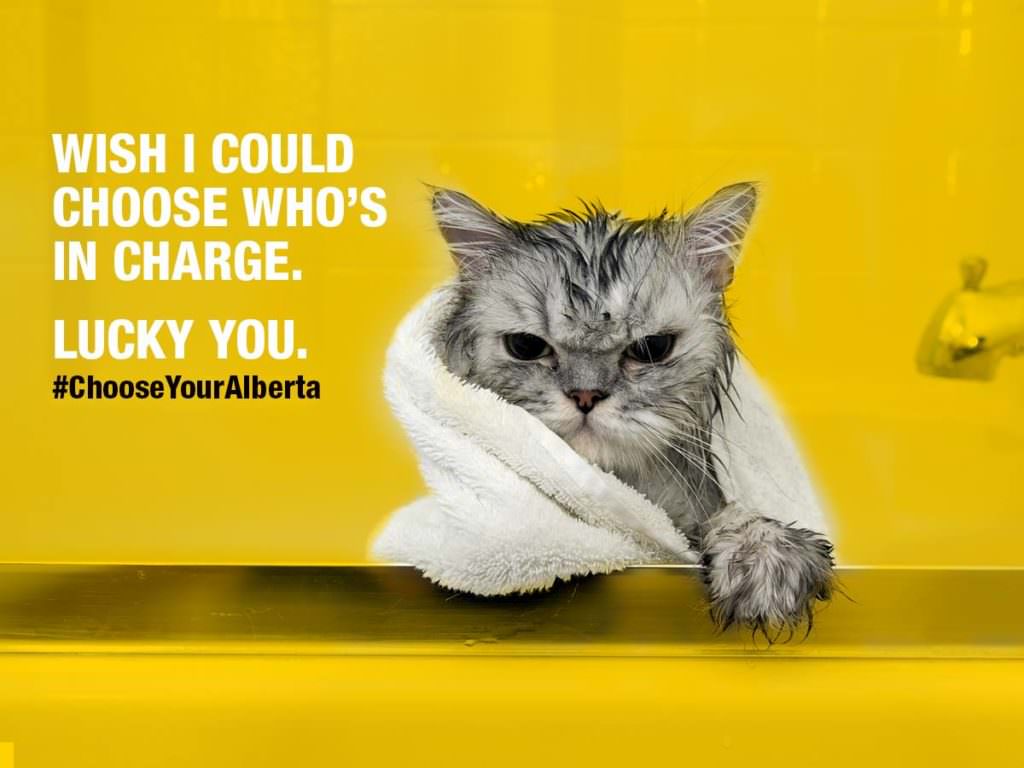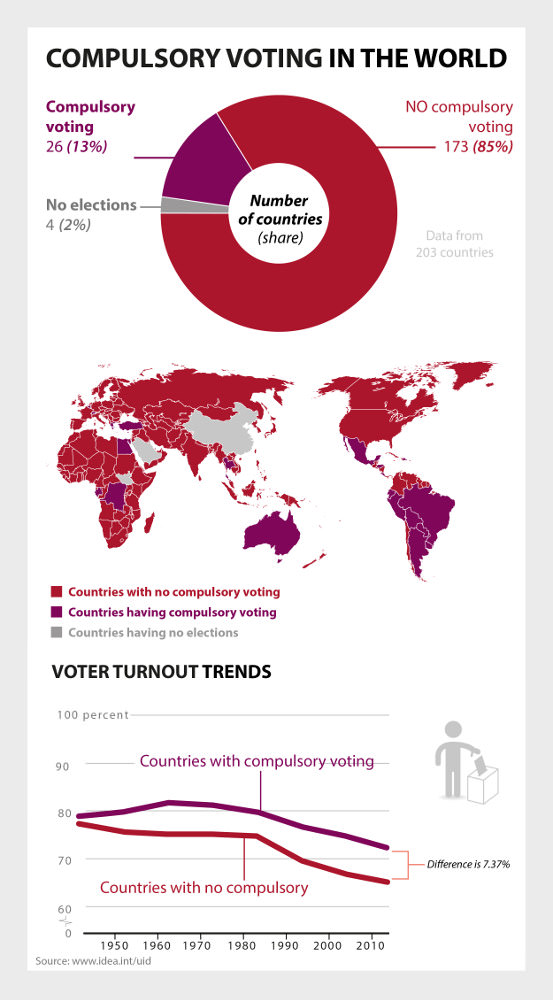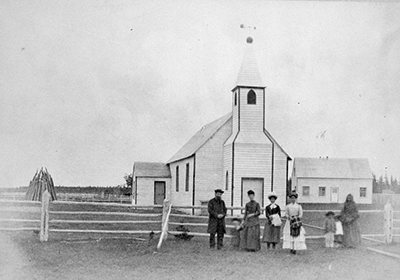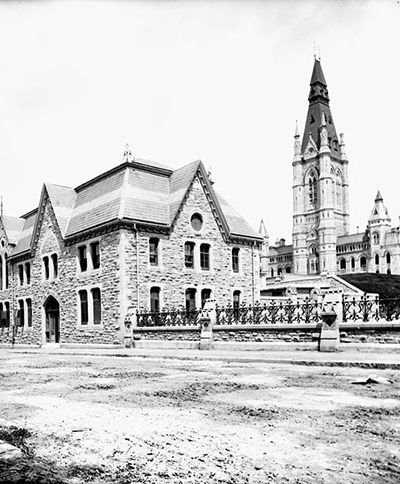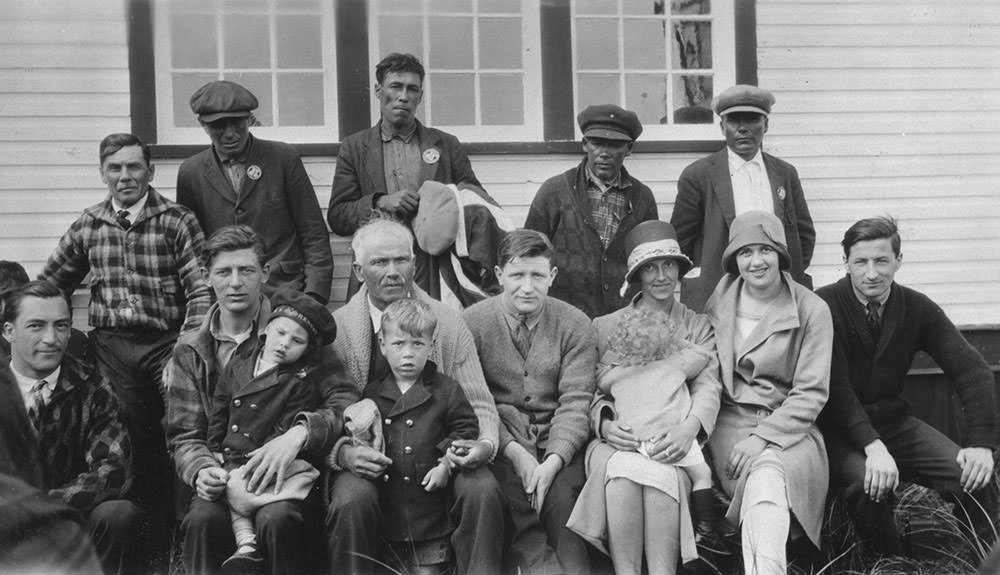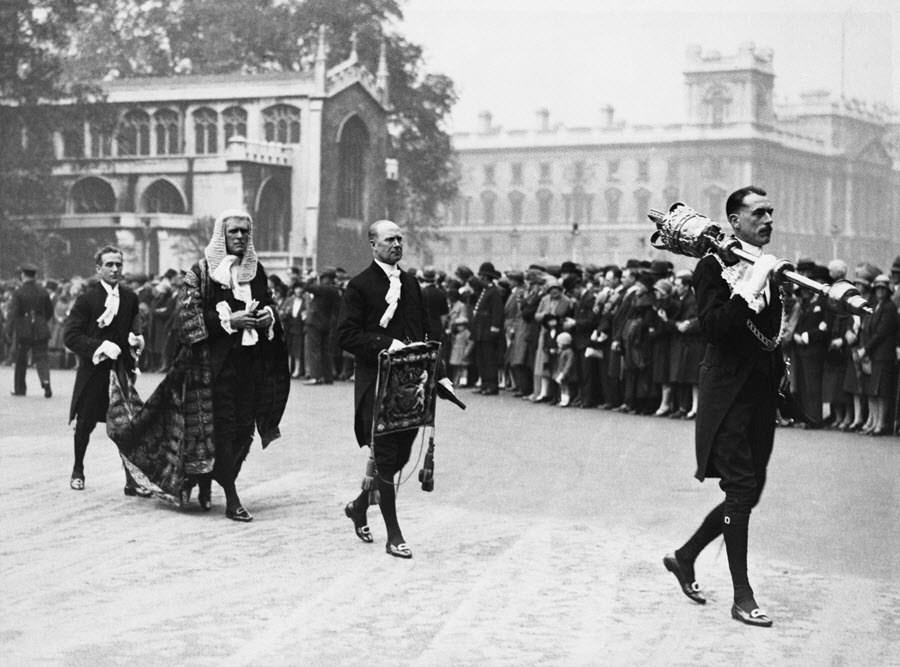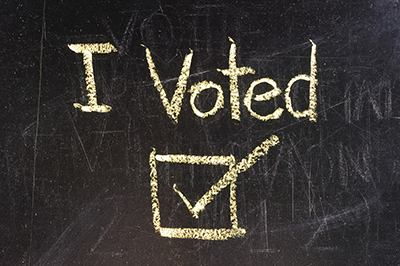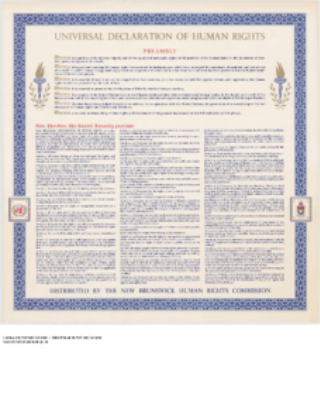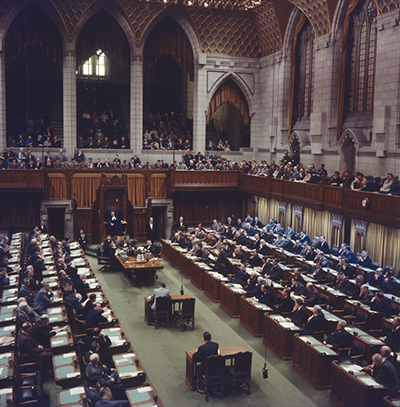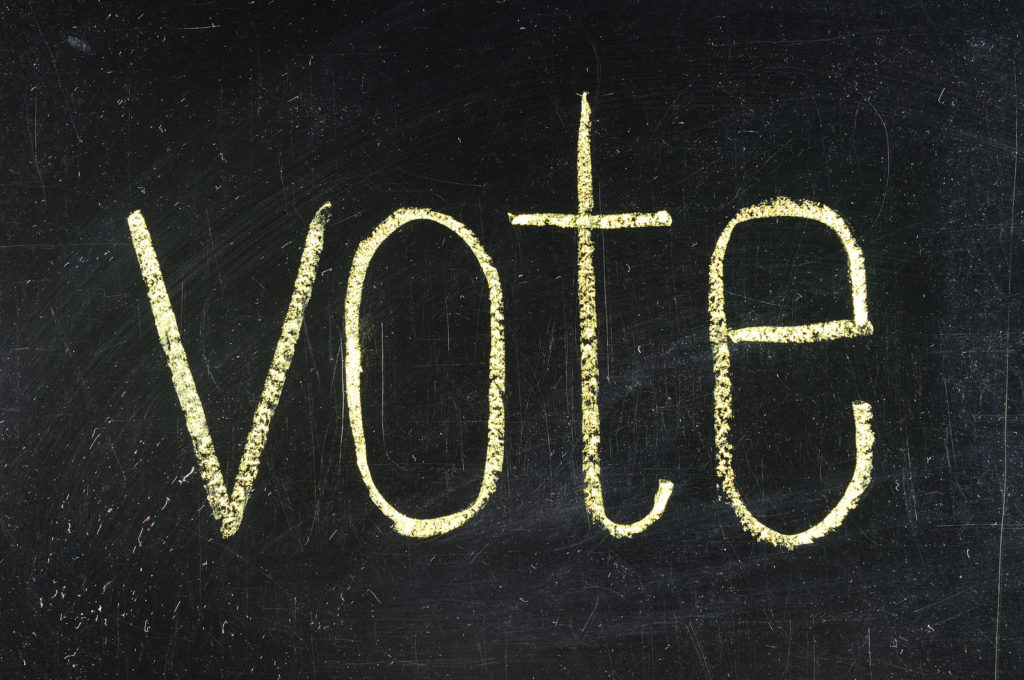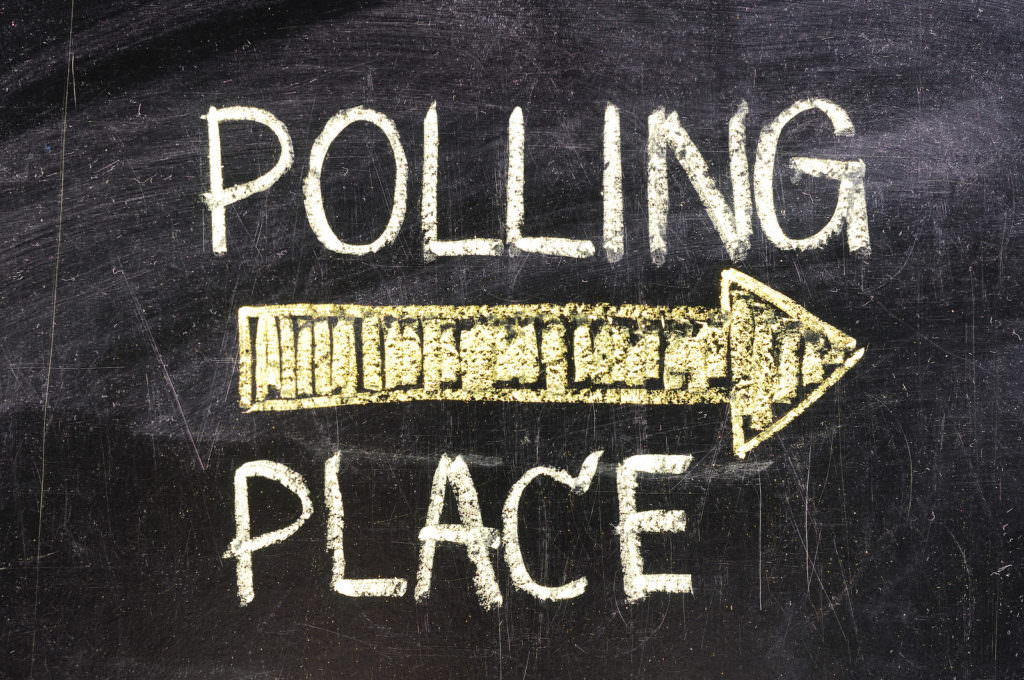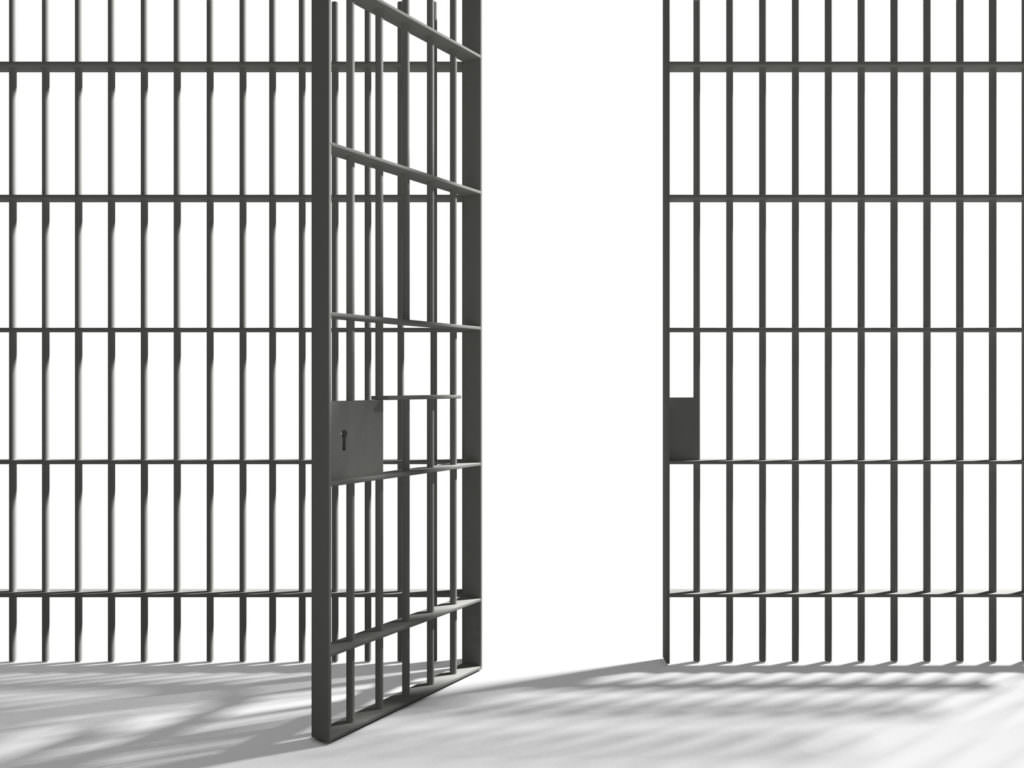You can create change
After volunteering in my own community and getting to know those around me, young and not-so-young, I came to the conclusion that each of us, every moment of the day, can be peace-community builders. As an immigrant myself, I know what it means to feel ‘on the outside’ and I’ve decided to start my own ‘Peace Welcome Club for youth from 4-18’. The ages might surprise you but we are all part of the same human family, no matter what our age is. We can all learn from each other and do many things together; get to know one another; help our community and our environment. All in all together we can build a better world!
Video provided courtesy of Ontario Council for International Cooperation (OCIC) and Harnoor Gill. Find out more about OCIC’s Global Changemaker Youth Ambassadors. Find out more about Harnoor Gill and the Peace Welcome Club.
What opportunities do you have to volunteer in your community?



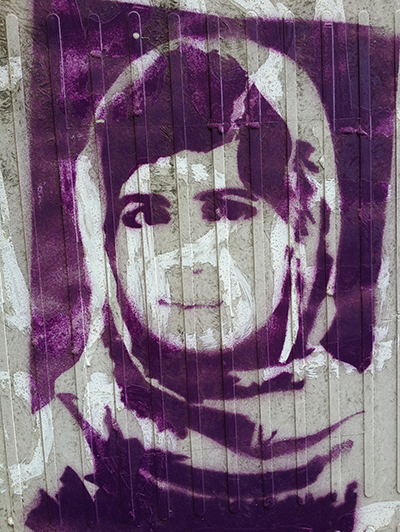
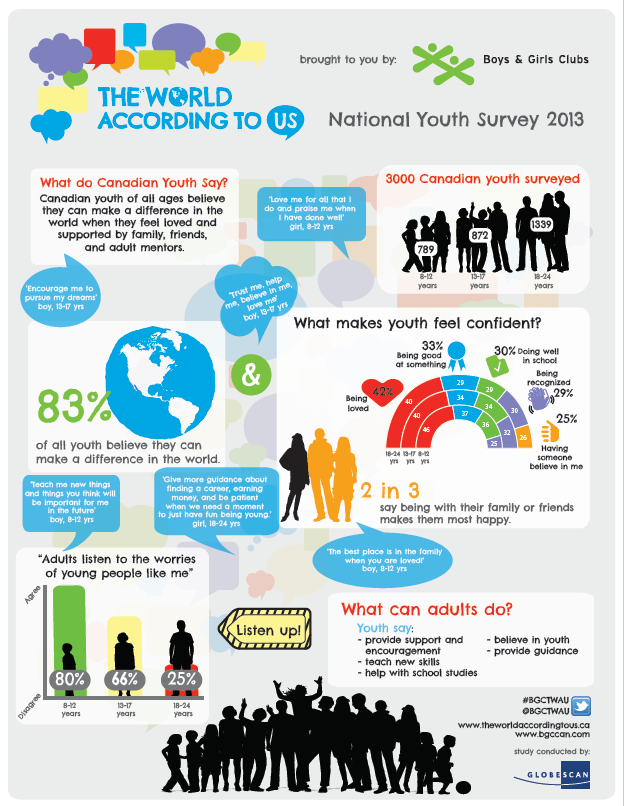

 Canada’s flag debate sparked demonstrations, protests and controversy. Some Canadians wanted Canada to keep the British Union Jack while others wanted a new symbol of Canadian independence. This debate encouraged many Canadians to get involved and voice their opinion before the Canadian government finally decided on the flag. Find out more in CBC’s website on The Great Flag Debate.
Canada’s flag debate sparked demonstrations, protests and controversy. Some Canadians wanted Canada to keep the British Union Jack while others wanted a new symbol of Canadian independence. This debate encouraged many Canadians to get involved and voice their opinion before the Canadian government finally decided on the flag. Find out more in CBC’s website on The Great Flag Debate.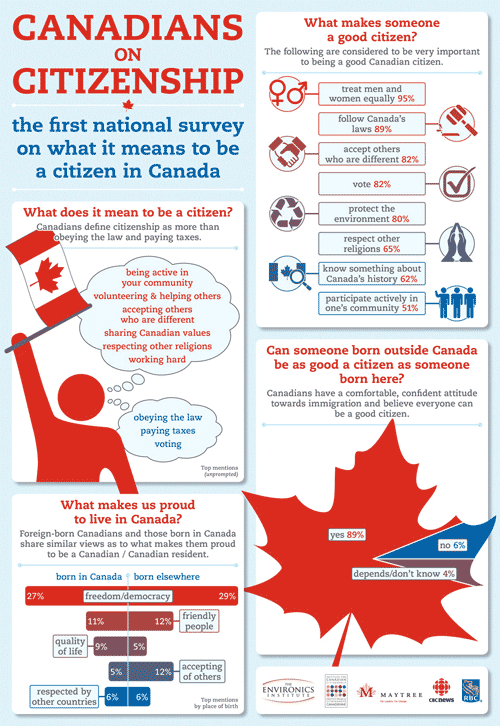
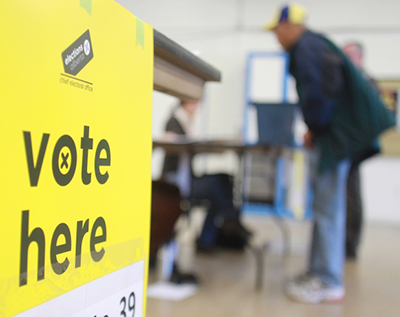
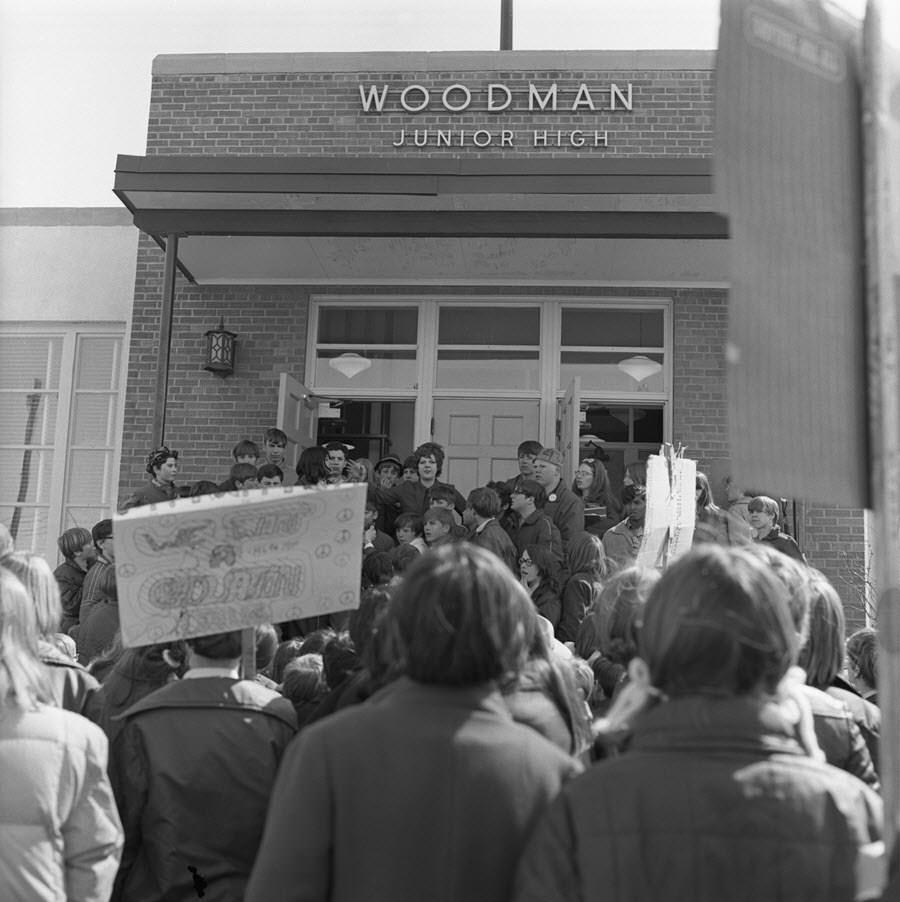
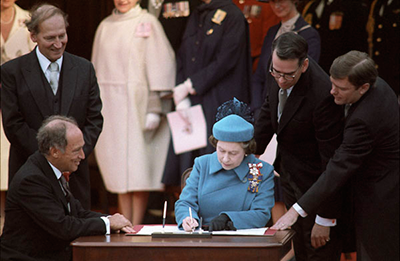

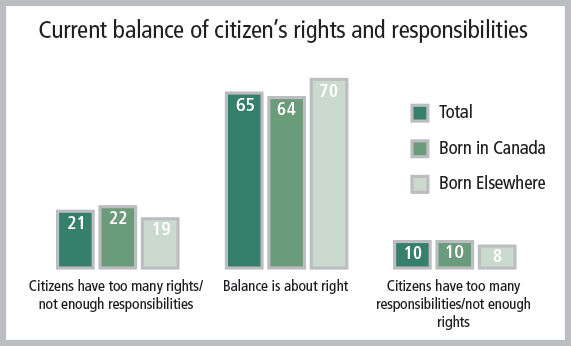
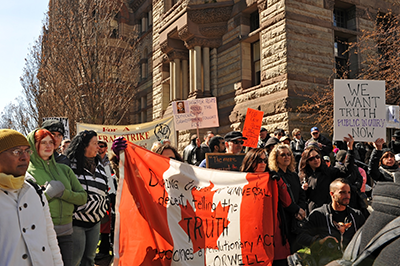
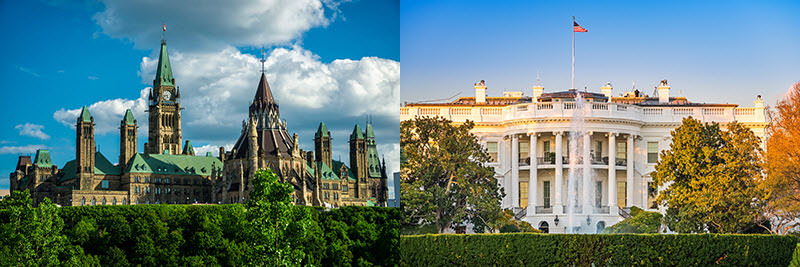
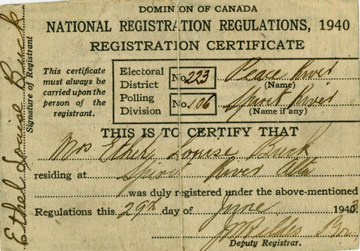
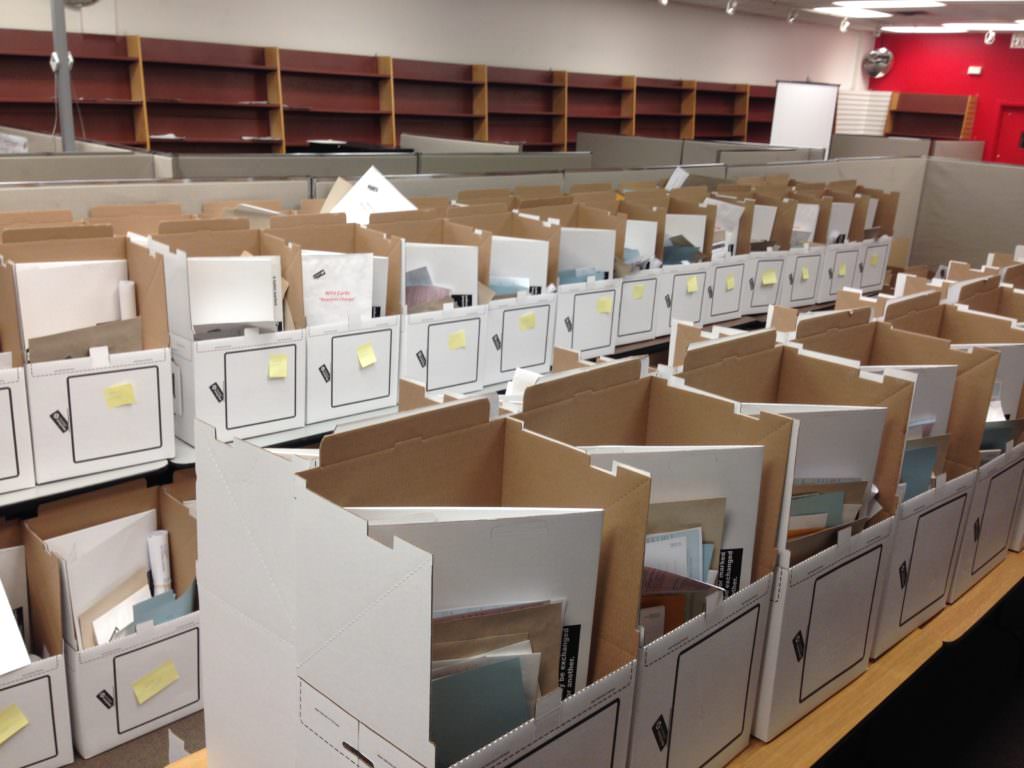
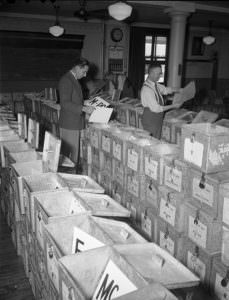 An election takes a lot of preparation. Returning Officers are responsible for the recruitment and appointment of the front-line election officers who staff advance voting and Election Day voting locations. They recruit workers by engaging with community groups and contacting Albertans with previous enumeration or election experience. Returning Officers and Trainers receive special training to prepare them to train election officers, including site supervisors, registration officers, voting officers, record clerks, information officers, and ballot box clerks.
An election takes a lot of preparation. Returning Officers are responsible for the recruitment and appointment of the front-line election officers who staff advance voting and Election Day voting locations. They recruit workers by engaging with community groups and contacting Albertans with previous enumeration or election experience. Returning Officers and Trainers receive special training to prepare them to train election officers, including site supervisors, registration officers, voting officers, record clerks, information officers, and ballot box clerks.